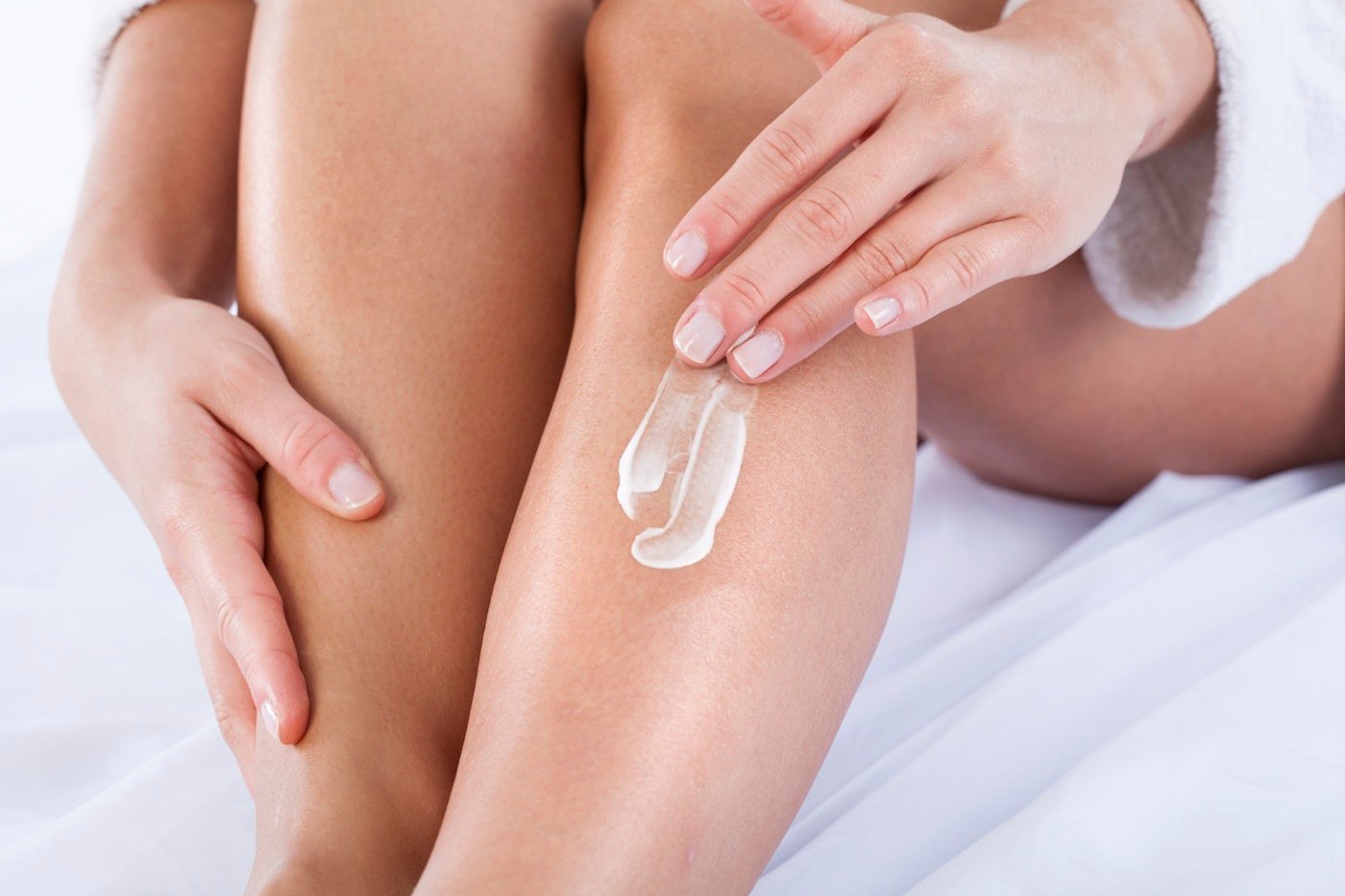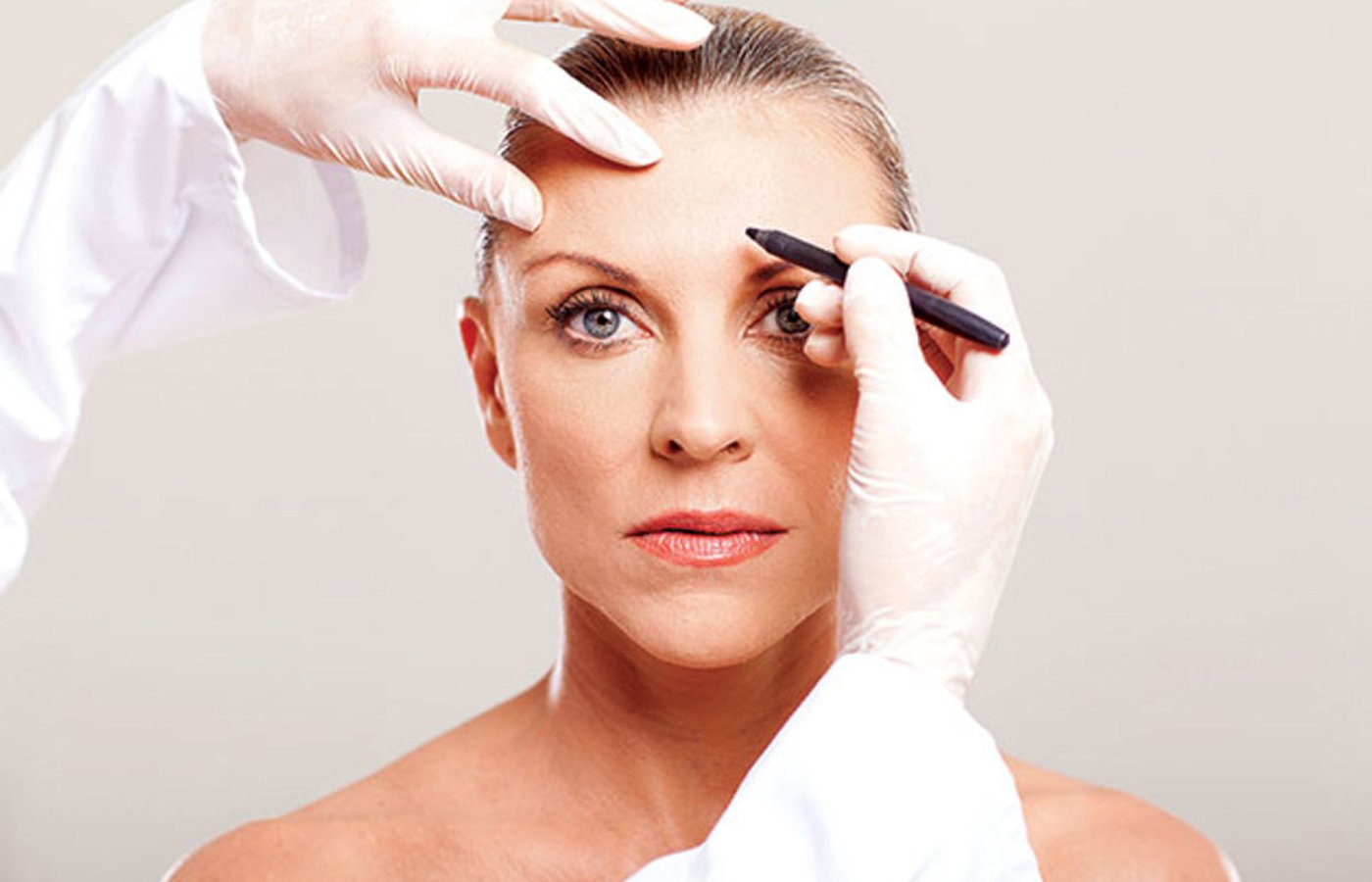Getting the most out of your visit to the dermatologist’s office takes a little planning, but it can pay big dividends. Dr. Elizabeth Tanzi, co-director of the Washington Institute of Dermatologic Laser Surgery and mother of two, shares her insider tips on how to make the time most productive and beneficial to you.
Prioritize your “list.” It has been said that most people have at least seven skin problems at any one time. Although this may be true, prioritize the top one or two issues to insure that the most significant ones are addressed upfront. Otherwise, you may use most of your visit with the dermatologist scrolling through a list of less pressing problems that leaves little time to thoroughly investigate your most important skin conditions.
Report any changing skin spots. When having a full skin exam, the dermatologist wants to know if any of your “moles” have been changing in any way; size, shape, or color. Report any new growths, no matter how small. Make sure to report if you’ve had moles removed in the past and if they were “atypical” looking and required additional surgery for removal. Also, a family history of melanoma (the most deadly type of skin cancer), tanning bed use, and/or extensive sun exposure (for instance if you were a lifeguard growing up) are important parts of your background that the dermatologist needs to know.
Be ready to discuss all the details of the condition. If the appointment is for a rash, take note on when it first started, fever or illness at the same time, if it is itchy, any creams used on it (even over-the-counter ones) and the result of those creams, and if it’s happened before. The dermatologist may ask you about recent medications in the past two to three weeks, outdoor or chemical exposure, travel history, and a family history of similar problems.
If you have acne, details are important! When the visit is for acne, give the dermatologist a clear, concise outline of what has been tried in the past (included over-the-counter products) and if they helped (even a little), and any irritation from the products. Although acne can be very frustrating, DON’T just exclaim “I’ve been on everything and nothing works” which gives the dermatologist little information as there are many different types of acne medications on the market. For women, the dermatologist may ask about the regularity of your periods since hormone fluctuations are a major cause of acne.
A successful trip to the dermatologist is based on a partnership between the patient and the doctor. Prepare for your visit by thinking about (and writing down if needed) your most important skin concerns and everything associated with them (i.e. duration of problem, symptoms, past treatments). By doing so, you’ll be able to give the dermatologist a clear “history” of the skin condition which will go a long way to help the dermatologist treat your skin effectively. In my next blog, I’ll outline how to get the most out of a cosmetic consultation with your dermatologist.
Dr. Elizabeth Tanzi is a board-certified dermatologist.





















